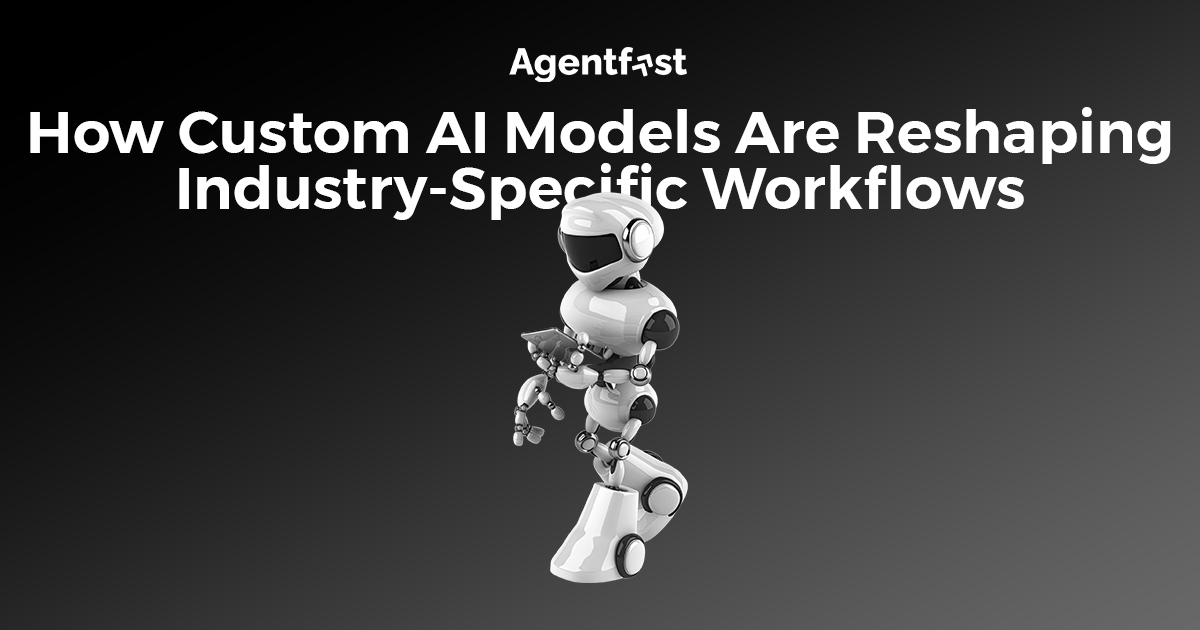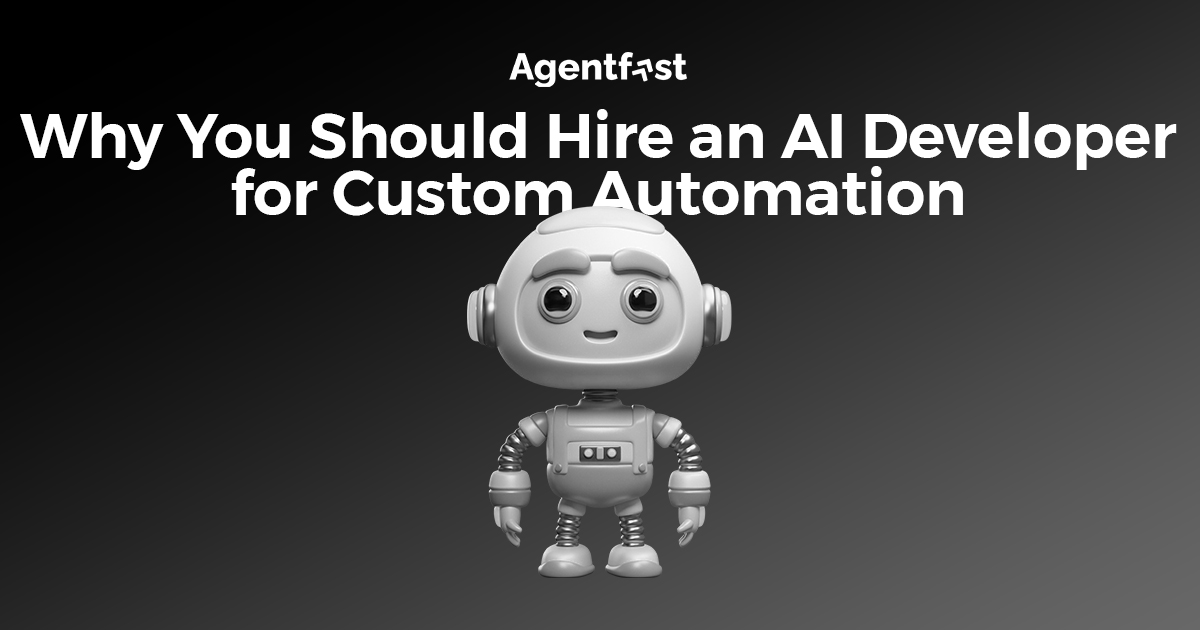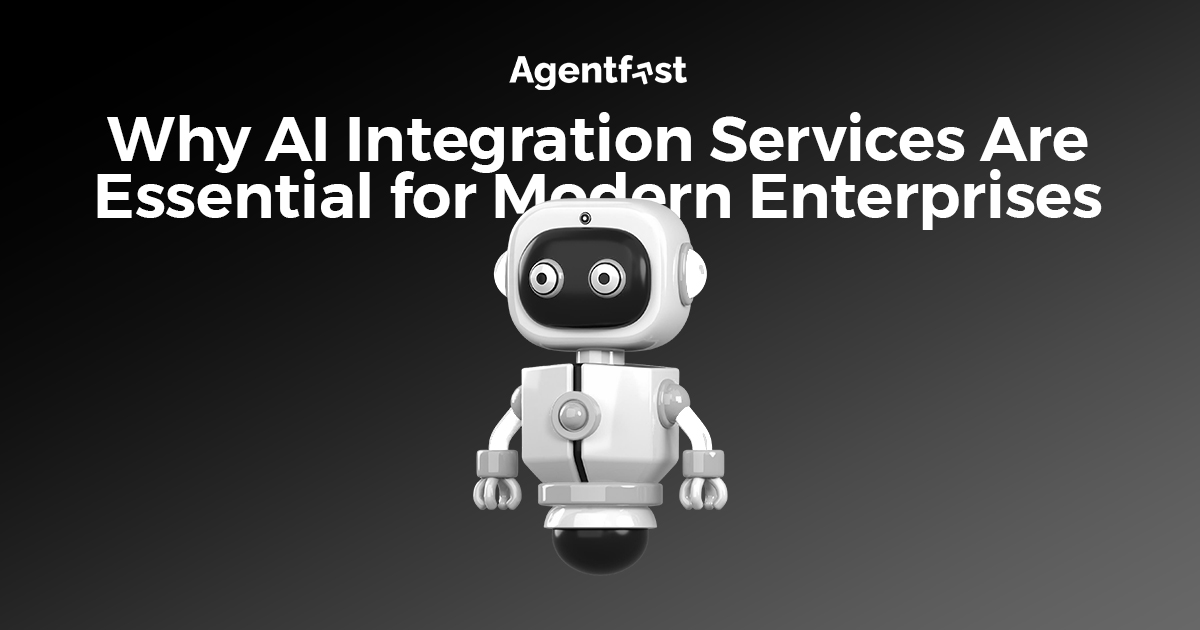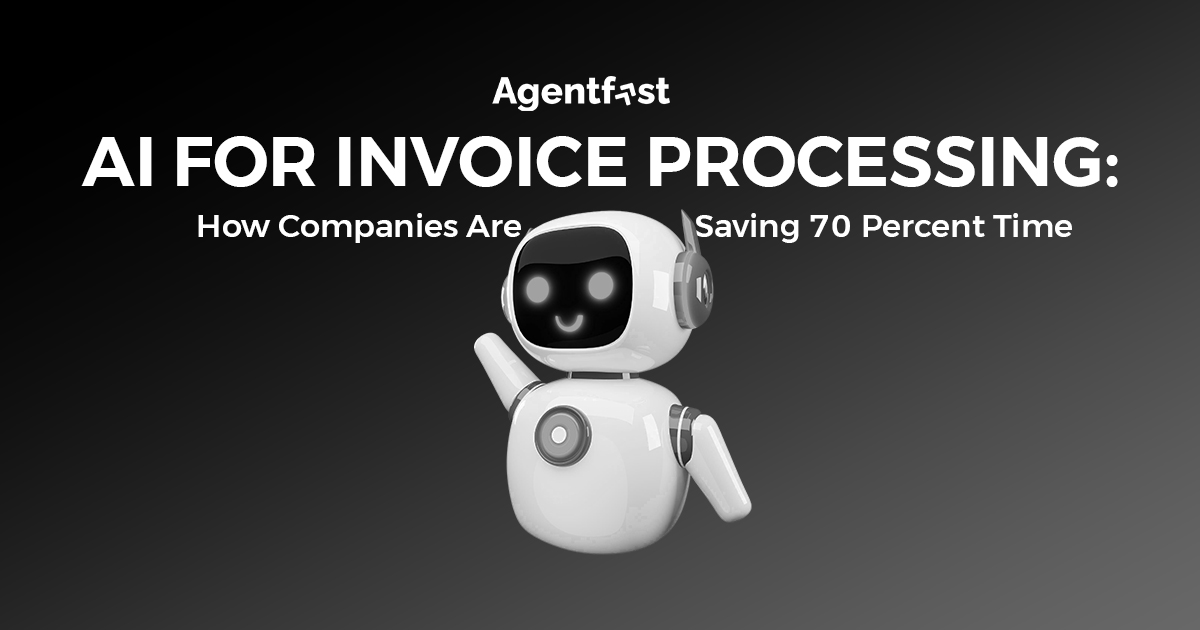You know the feeling. Long lists of leads. Countless follow-ups. And silence. For many marketers, that’s the daily grind, hours lost chasing cold prospects. Then one day, the game changes. Smart systems start finding leads who actually respond.
That’s what lead generation with AI brings to the table. It replaces guesswork with patterns, data, and context. You stop wasting energy and start focusing on people who might actually say yes.
This isn’t a theory. Companies around the world use AI lead generation to predict, nurture, and convert faster than before. Let’s talk about how.
Proven Strategies To Master Lead Generation With AI
AI isn’t magic. It’s structure. It listens, learns, and refines how your marketing team works. To make the most of it, you need a clear process and steady improvements over time. Here’s what works best in the real world.
1. Predictive Lead Scoring That Spots Real Buyers
Before, every lead looked the same. Today, predictive lead scoring separates the curious from the serious.
AI models check digital trails, clicks, scrolls, downloads, even how long someone lingers on a product page. Each action gets a score. Higher numbers mean higher intent.
That’s how sales teams decide who to call first.
No more guessing who’s interested.
No more wasted hours.
It’s data meeting human instinct halfway.
2. Lead Nurturing That Feels Personal
Good lead nurturing isn’t about frequency. It’s about timing and tone. AI systems read behavior patterns and decide what each prospect should see next.
Someone who downloaded your whitepaper last week might get a case study next. Another person browsing pricing pages might receive a discount offer.
AI helps tailor this flow naturally. Emails feel less like campaigns and more like conversation.
Quick reminder: Automation doesn’t mean you sound robotic. It simply ensures you never miss the right moment to talk.
3. Clean Data, Better Leads
You can’t run a solid funnel on bad data. Incorrect numbers, old emails, missing fields, all slow down your sales pipeline.
AI tools fix this quietly in the background. They clean, update, and organize information before it reaches your CRM. A clean database means fewer wrong calls and more accurate reports.
Good leads come from good data. That’s one habit worth keeping.
4. AI-Powered Outreach That Feels Human
Email fatigue is real. People ignore what feels templated. That’s why AI-powered outreach works differently.
The system learns from past responses. It sees which subject lines get clicks, which tones bring replies, and which times of day perform best. Then it adjusts automatically.
Each email feels like it was written by a person who actually read your last message.
Try this:
- Send shorter first messages.
- Add small personal touches like name or location.
- Use AI to test two styles at once.
This is where automation starts sounding human again.
5. Predict Buyer Behavior Before It Happens
Some prospects aren’t ready yet. But their actions hint at what’s next. AI models detect that.
They watch behavior patterns, repeated visits, document downloads, or time spent reading pricing details. These signals suggest a lead might convert soon.
Marketers use this insight to act early, before competitors reach out. It’s proactive selling, guided by numbers.
That’s the quiet advantage of lead generation with AI, it lets you see ahead without guessing.
6. Automate Lead Routing For Faster Response
Here’s a common pain point. Leads come in, but no one knows who handles what. Hours pass. Interest fades.
AI automation fixes this problem. It distributes leads automatically to the right rep based on location, product, or score. No waiting. No confusion.
Sales reps see only leads that match their strength. That speed alone often doubles conversion.
AI doesn’t just find leads. It moves them to the right hands instantly.
7. Smarter SEO With AI SEO Assistants
Good leads start with visibility. Your SEO decides how people find you. That’s where an AI SEO assistant helps.
It reviews your site’s structure, keywords, and backlinks. It also predicts how search intent is changing. Instead of chasing random keywords, it suggests phrases your buyers actually type.
| Function | Manual SEO | AI SEO Assistant |
| Keyword Choice | Based on research | Based on live user data |
| Content Ideas | Trend-based | Behavior-based |
| Tracking | Monthly updates | Real-time updates |
| Accuracy | Depends on input | Learns from results |
This alignment means every blog, ad, and landing page attracts visitors who are already halfway convinced.
That’s efficient lead generation, not just traffic for numbers.
8. Chatbots That Capture and Qualify Leads
Many visitors come and go without leaving details. A friendly chatbot fixes that.
Built on conversational AI, chatbots greet visitors, answer small questions, and collect contact info naturally. The chat doesn’t feel forced. It feels like help.
These bots work 24×7. They note who’s browsing, what they ask, and how often they return. When connected with your CRM, those names turn into active leads.
In short, chatbots do the first handshake for you, and they never forget a name.
9. Use Predictive Analytics To Refine Campaigns
Once you launch your campaign, you shouldn’t just wait. You should learn. Predictive analytics help with that.
AI tools scan results and compare them to past campaigns. They notice patterns humans miss. Maybe video ads bring more qualified traffic than banner ads. Or perhaps long-form content converts better in specific regions.
With this insight, your next campaign starts one step ahead.
That’s the hidden advantage of AI lead generation, constant feedback that keeps improving with each run.
10. Real-Time Alignment Between Marketing And Sales
Every company struggles with this. Marketing says, “We brought 500 leads.” Sales says, “They’re not ready.” The gap grows.
AI closes that gap using shared dashboards. Each lead gets tracked, from first click to last call. Both teams see the same data.
AI-powered outreach systems also update status automatically. Everyone knows what’s happening without long meetings.
Smooth coordination leads to fewer missed deals and faster closings.
When systems talk to each other, people spend less time arguing and more time selling.
Final Thoughts: Turning AI Into A Growth Habit
The smartest teams don’t treat lead generation with AI as a project. They treat it as a habit. Something built into daily operations.
AI brings rhythm, it predicts, sorts, and connects without getting tired. It lets your salespeople focus on real conversations, not spreadsheets.
The payoff is simple: better leads, faster replies, and cleaner processes.
If your team is ready to move from chaos to clarity, we can help.
Frequently Asked Questions
How does lead generation with AI differ from regular automation?
AI learns from every interaction. It studies responses, timing, and tone to improve campaigns without manual reprogramming.
Can predictive lead scoring work for small businesses too?
Yes. Even a small CRM can use predictive scoring to rank prospects based on recent actions like form fills or email clicks.
What tools are used for lead nurturing through AI?
Platforms like CRMs with integrated automation send personalized content using behavioral triggers and engagement data.
Is AI-powered outreach suitable for B2B companies?
Absolutely. AI tools adjust tone, timing, and message type for professional audiences, improving open and response rates.
How does an AI SEO assistant help in lead generation?
It analyzes user intent and content patterns to improve visibility, bringing in leads who already show purchase interest.






